Eight boutique coffee producing areas in Guatemala describe in detail the impact of rainfall on coffee trees.
For professional baristas, please follow the coffee workshop (Wechat official account cafe_style)
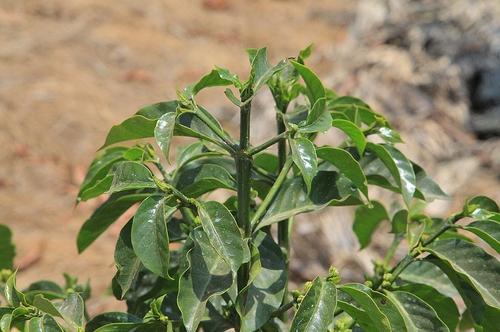
Coffee has helped the Guatemalan economy for more than a hundred years. Today, an estimated 125000 coffee producers drive Guatemala's coffee industry, and coffee remains one of Guatemala's main exports, accounting for 40 per cent of all agricultural export earnings.
Guatemala is the most likely Jesuit missionary to introduce coffee, and there are 18 coffee accounts that are growing throughout the country for the early and middle centuries. Nevertheless, in neighboring El Salvador, coffee not only became an important export crop for the emergence of the national synthetic dye and textile industry-the middle of the 19th century. Throughout the second half of the 19th century, various government programs tried to promote coffee as a means of stimulating the economy, including a large-scale land privatization program launched by President Hustol Rufino Barrias (Justo Rufino Barrias) in 1871, which resulted in the creation of a large number of coffee processing plants that still produce some of the best coffee in Guatemala.
Today, coffee is grown in 20 of Guatemala's 22 sectors, of which about 270000 hectares are grown, and almost all species (98 per cent) are shady. The country's production is almost entirely Arabica coffee, which is most commonly prepared by washing, although natural and semi-washed methods are becoming more and more popular and more and more exquisite examples are produced.
Guatemala benefits from high elevations and up to 300 unique microclimates. Most areas have continuous rainfall and are rich in minerals. However, while the country's reputation as a specialty coffee producer is good today, it is not an easy road. The long and bloody civil war in Guatemala (1960-1996) disrupted the lives of millions, eroded the economy, exacerbated poverty and created the social and political instability that still afflicts the country today. At the turn of the century, coffee production actually stabilized and began to increase, replacing macadamia nut and avocado production in many areas.
Since the early 1990s, the country's coffee committee, Anacafe, has pioneered the definition of coffee-producing areas based on cup shape, climate, soil and altitude. As a result of this ambitious project, eight regions for the production of strict SHB coffee have been identified in Guatemala:
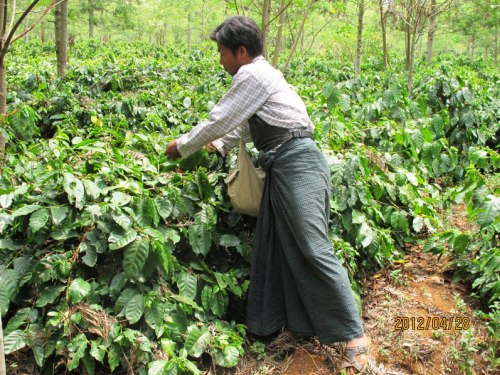
Antigua coffee
Antigua is perhaps the most famous coffee growing area in Guatemala. Rich volcanic soil, low humidity, plenty of sunshine and cool nights are characteristic of the region and are one of the most unusual coffee in Guatemala. The valley around the town of Antigua (named after the area) is surrounded by three volcanoes: Agua,Fuego and Acatenango. Every once in a while, Fuego, one of Guatemala's three active volcanoes, adds a new mineral ash to the land of Antigua. The volcanic pumice in the soil retains moisture, which helps offset the low rainfall in Antigua. It can be very cold at night. In Antigua, shadows are particularly dense to protect coffee plants from occasional frosts in the area.
Antigua coffee can get a very high price because of its famous cup flavor, which is why the control of coffee marked with the name Antigua has become a problem. In the past, growers from all over the country (and beyond) would ship cherries to the region for processing and sale as Antigua coffee. The Antigua growers Association was established in 2000 to provide full traceability and certification for coffee labeled "authentic Antigua" and to ensure that coffee labels are actually produced in the region. More information can be found here.
Average harvest time: January to mid-March
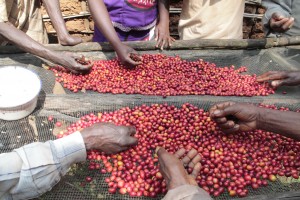
Acatenango (Akernango) Valley
There is a jumping section between the Fuego and Acatenango volcanoes west of Antigua, in the Acatenango Valley, where coffee grows on steep slopes up to 2000 meters high. Frequent eruptions from nearby Fuego volcanoes fill the rough sandy soil with minerals, Gravilea (Gravillea robusta), Cuje (Inga sp). ) and Guachip í n (Diphysa americana) regulate the temperature and create habitats for different animal and plant areas.
Mild gusts from the Pacific and obvious seasons allow coffee to dry and its processing follows ancient family traditions.
The United Acatenango Coffee Growers Association, established in 2006, divides the area into different regions and obtained a coffee origin name in the region in 2012. Acatenango Coffee covers an area of 9663 hectares, all of which are located in Chimartenango province.
The varieties commonly grown in the area are Kaddura, Bourbon and Kaduai. Traditionally, coffee is harvested and sorted by hand, fully washed and sun-dried. More information can be found here.
Average harvest time: December-mid-March
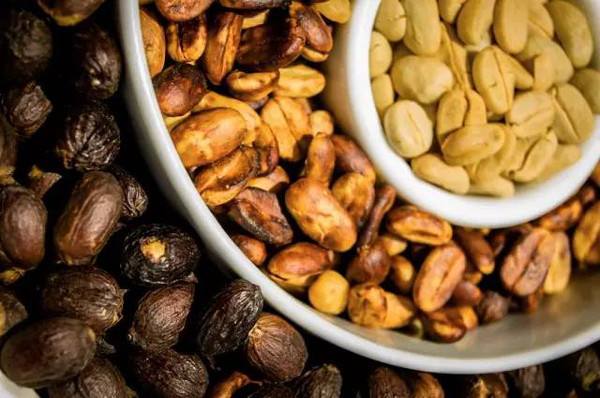
Atitlan
In the five volcanic coffee regions of Guatemala, Atitlan's soil is the most rich in organic matter. 90% of the Atitland certified coffee is grown along the slopes of the dramatic volcanoes that dominate the shores of Lake Attilan. Daily wind (called Xocomil) stirring the cold lake is an important impact on the microclimate. The highly developed tradition of craftsmen is reflected in the skilled planting and processing of small producers.
Average harvest time: December-mid-March
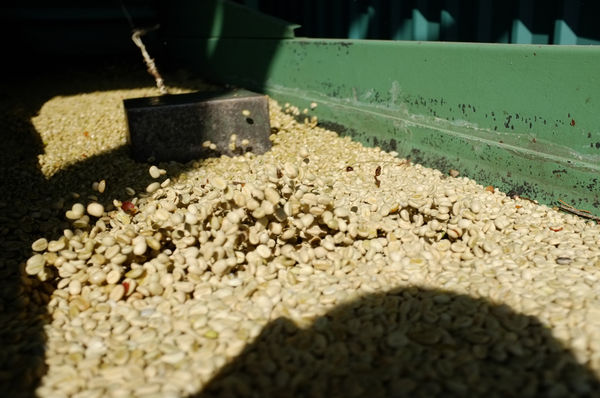
CobanCoban
The annual rainfall is about 3500 mm, and the annual rainfall is between nine and ten months. The constant Rain Water (most of the gentle drizzle / mist is locally known as chipichipi) means that the flowers are very staggered, with 8-9 flowers per year. Due to this long flowering season, coffee ripens at different stages, which means that up to 10 passes are required (a 14-day break between passes) to ensure that only the most mature cherries are selected.
The cool and rainy climate makes it difficult to dry coffee in Coban, and traditional mechanical drying has become common. In spite of this, Coban remains one of the most innovative coffee producers in Guatemala, with many coffee producers drying experiments under difficult conditions and producing the best coffee in Guatemala.
Average harvest time: December-March
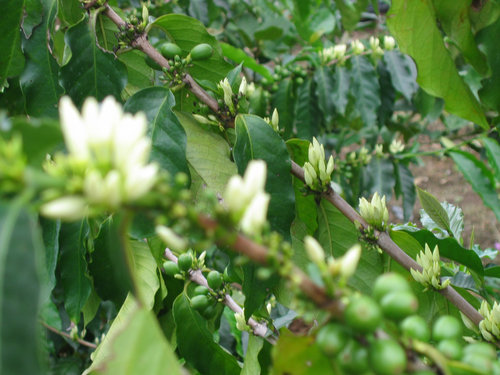
Fraijanes plateau
Volcanic pumice soil, very high altitude, sufficient Rain Water, changing humidity and an active volcanic area. Pacaya is the most active area of the three volcanoes in Guatemala, providing the region with a light ash mineral deposit and important minerals for the soil at regular intervals. The dry season is characterized by plenty of sunshine, and although there are a lot of clouds and dew in the early morning, they quickly burn out and all the Flainez plateaus are dried.
Average harvest time: December-February
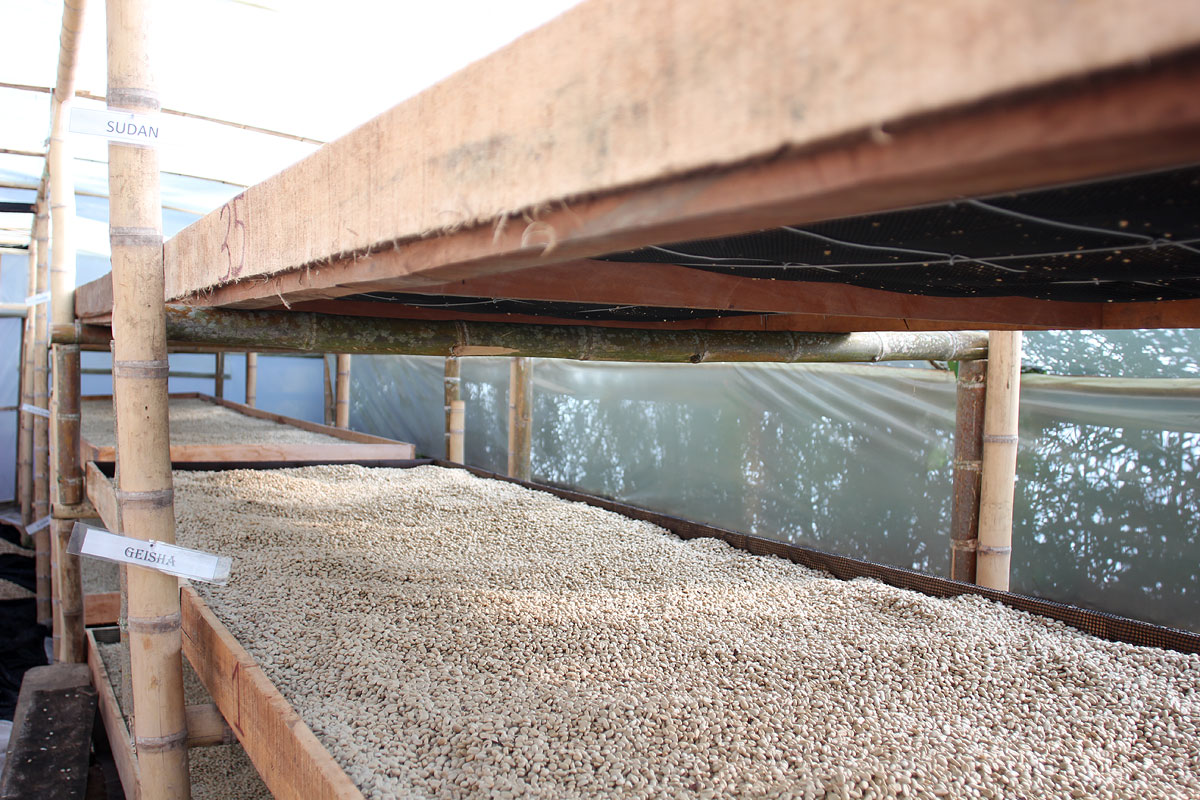
Huehuetenango (Vivette Nanguo)
Among the three non-volcanic areas, Huehuetenango is the highest and driest coffee producing area. The area is protected by frost due to dry hot winds blowing into the mountains from Mexico's Tehuantepec Plain, allowing upland Huehue farming up to 6500 feet (2000 meters). These high elevations and relatively predictable climates make special coffee possible.
The extremely remote areas of Vivette Nango actually require all producers to handle their own coffee. Fortunately, there are almost unlimited rivers and streams in the area, so mills can be placed almost anywhere.
Average harvest time: January-April
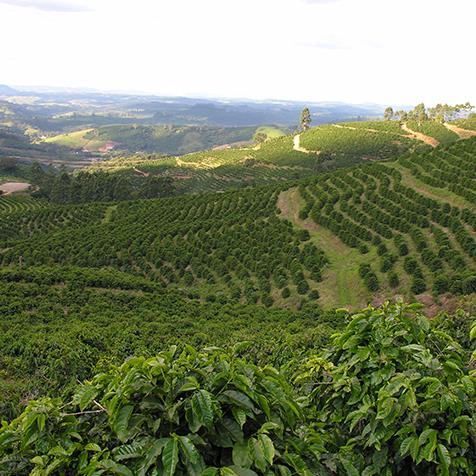
Nueva Oriente
In this region, coffee has been grown almost entirely by small producers since the 1950s. Today, almost every farm on the mountain is a coffee production unit, once one of the poorest and most isolated areas in Guatemala, and is booming. Cloudy and cloudy, Oriente is located in the pre-volcanic zone. Its soil is made up of metamorphic rock: it is balanced in minerals, and the soil in areas where volcanic activity has been seen since coffee cultivation is very different.
Average harvest time: December-March
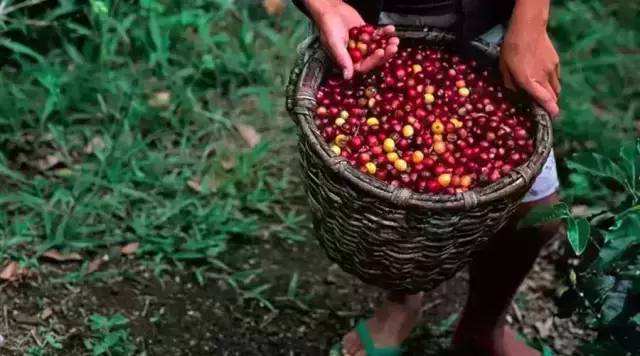
San Marcos
San Marcos, the hottest coffee growing area, also has the highest rainfall patterns, up to 200inches (5000 mm). The seasonal rainfall comes earlier than in other areas, resulting in the earliest flowering.
Like all remote parts of Guatemala, most of the coffee in San Marcos is grown in its own processing plants. Due to the unpredictability of rainfall during the harvest season, most of the coffee is pre-dried in the sun and finished in a Guardiola (mechanical) dryer.
Average harvest time: December-March
Important Notice :
前街咖啡 FrontStreet Coffee has moved to new addredd:
FrontStreet Coffee Address: 315,Donghua East Road,GuangZhou
Tel:020 38364473
- Prev

What is espresso Espresso the essence of Italian coffee
The exchange of professional baristas please pay attention to the coffee workshop (Wechat official account cafe_style) espresso espresso is the essence of espresso. His practice originated in Italy, which means very fast in Italian, and is characterized by the use of steam pressure to extract the coffee liquid instantly. All milk coffee or fancy coffee is made on the basis of Espresso
- Next

Starbucks espresso which cup of espresso is best for you?
Professional baristas Please follow the Coffee Workshop (official Wechat account cafe_style) it can be said that the popularity of coffee culture around the world is driven by espresso. This most popular coffee drink is made in cafes in every corner of the world. Starbucks, which has spread all over the world, has become synonymous with coffee in the eyes of many people. The most classic.
Related
- Beginners will see the "Coffee pull flower" guide!
- What is the difference between ice blog purified milk and ordinary milk coffee?
- Why is the Philippines the largest producer of crops in Liberia?
- For coffee extraction, should the fine powder be retained?
- How does extracted espresso fill pressed powder? How much strength does it take to press the powder?
- How to make jasmine cold extract coffee? Is the jasmine + latte good?
- Will this little toy really make the coffee taste better? How does Lily Drip affect coffee extraction?
- Will the action of slapping the filter cup also affect coffee extraction?
- What's the difference between powder-to-water ratio and powder-to-liquid ratio?
- What is the Ethiopian local species? What does it have to do with Heirloom native species?

